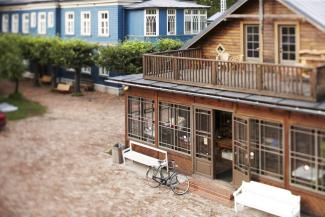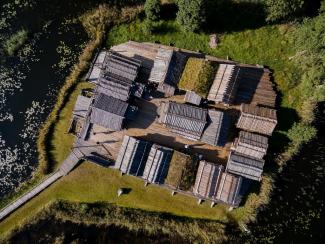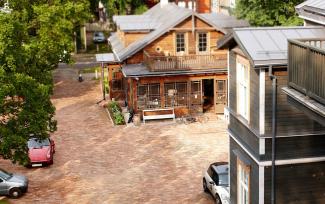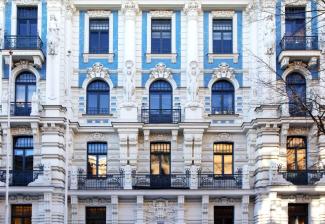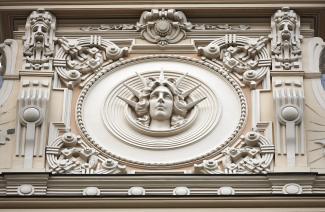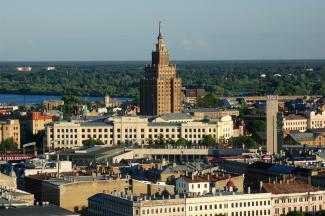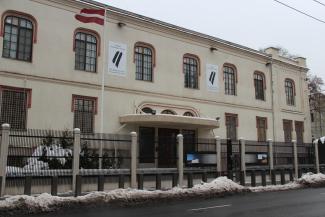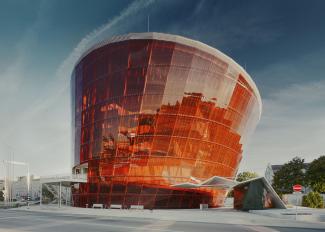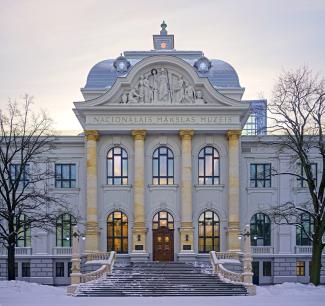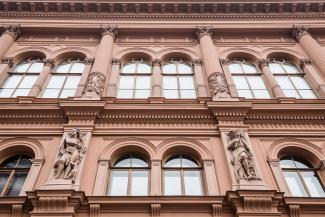
Architectural diversity in Latvia
When thinking of Latvia, one is reminded of vast forests and nature. And it’s no wonder because 52% of all the territory of Latvia is occupied by forests. But what about the urban environment? In this article we will take a look at the most...
